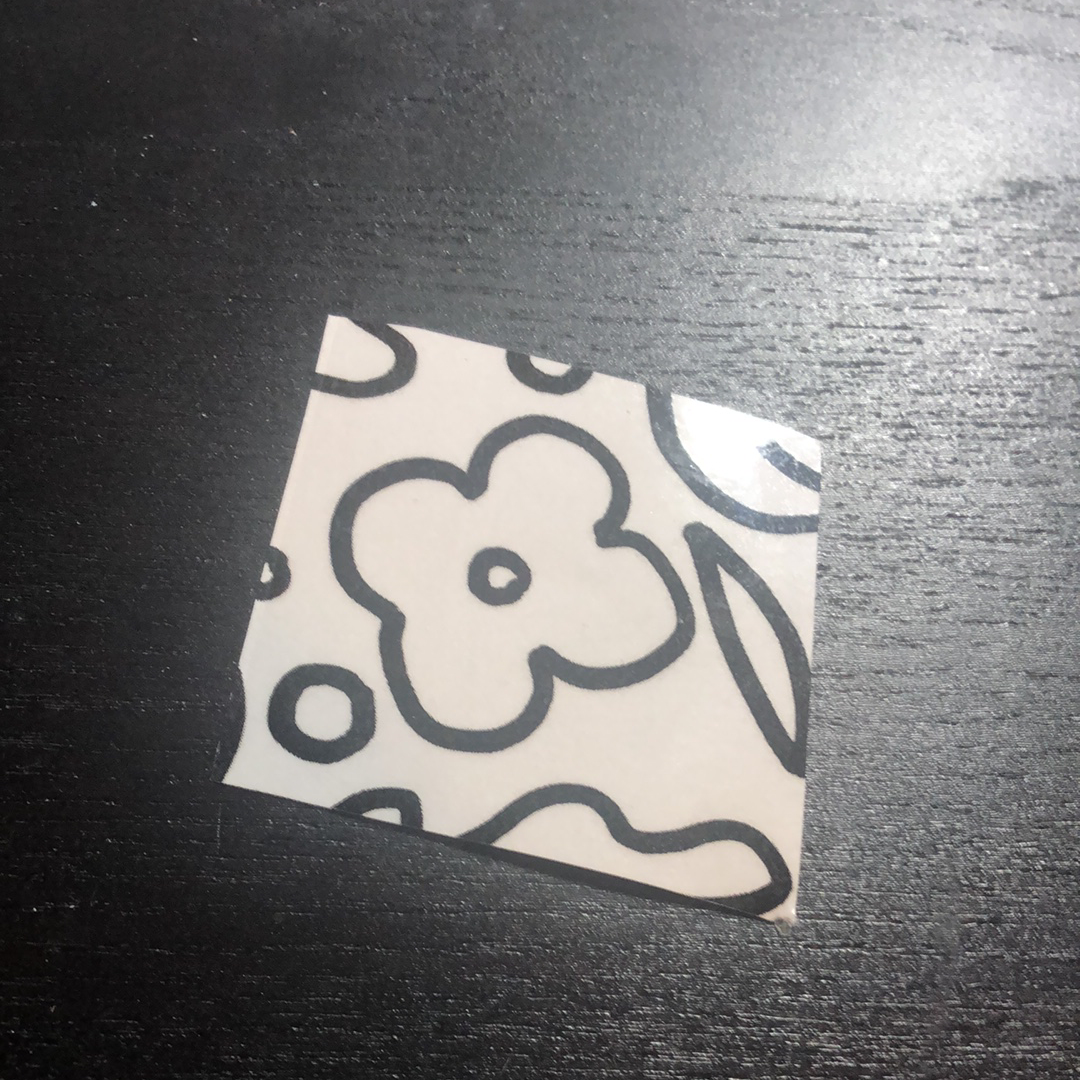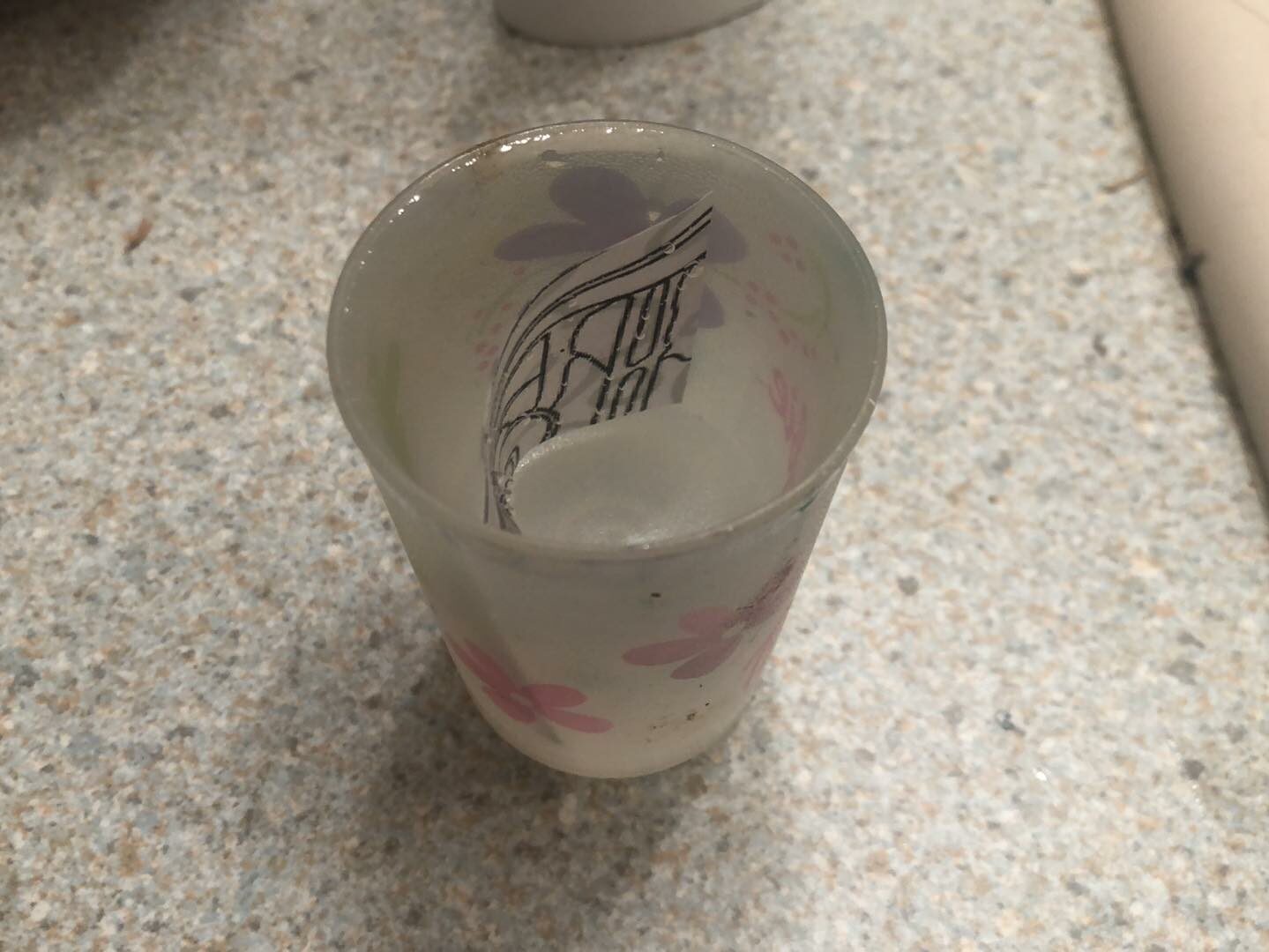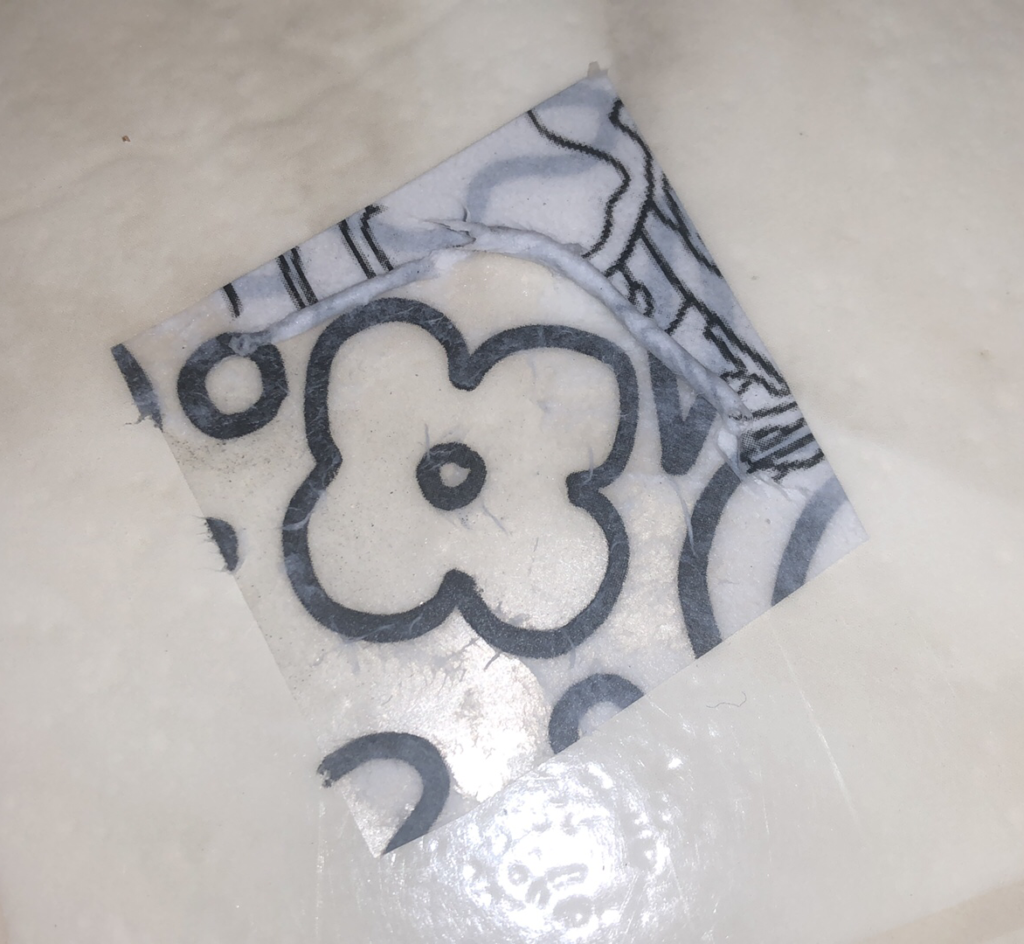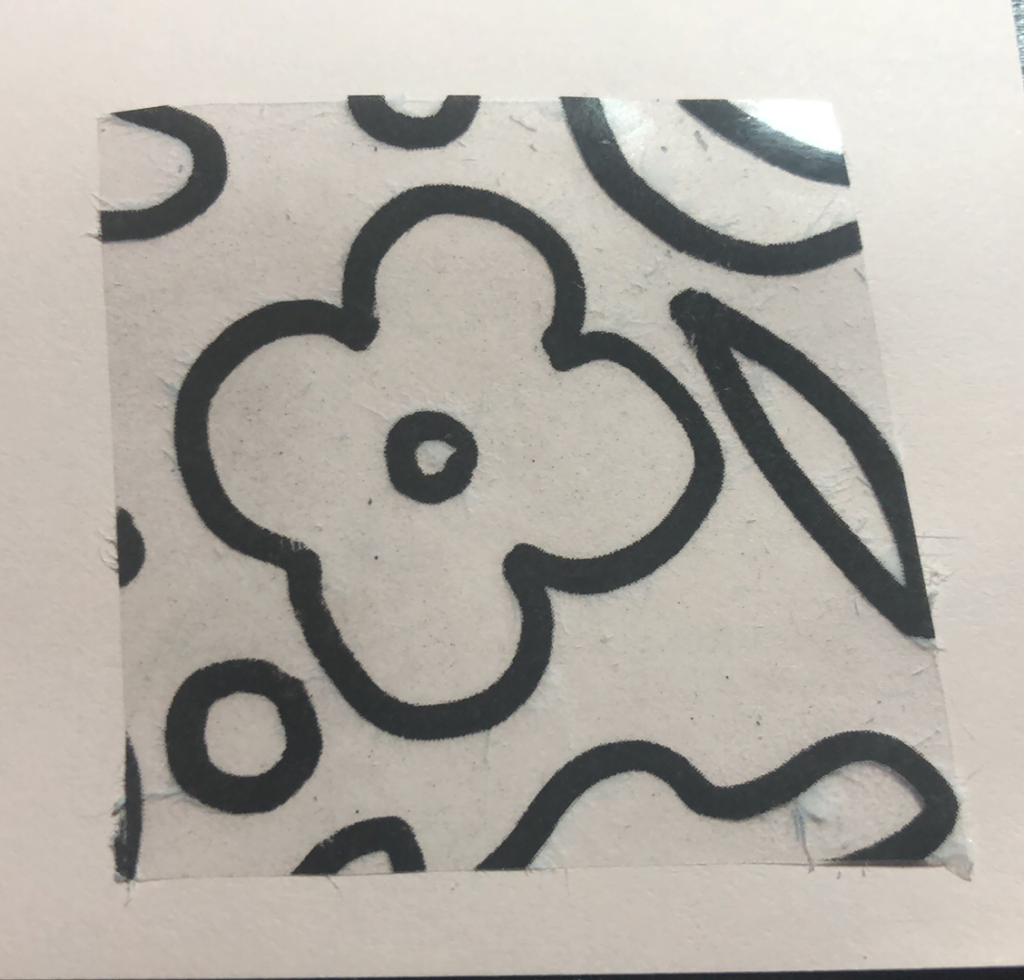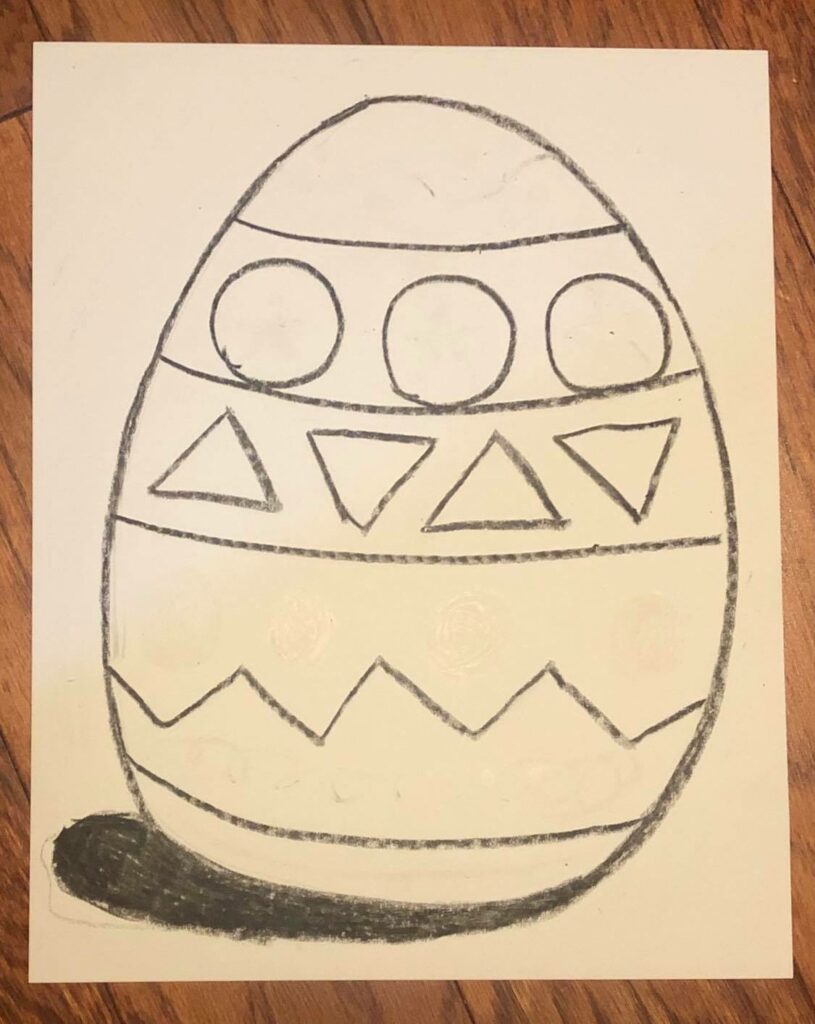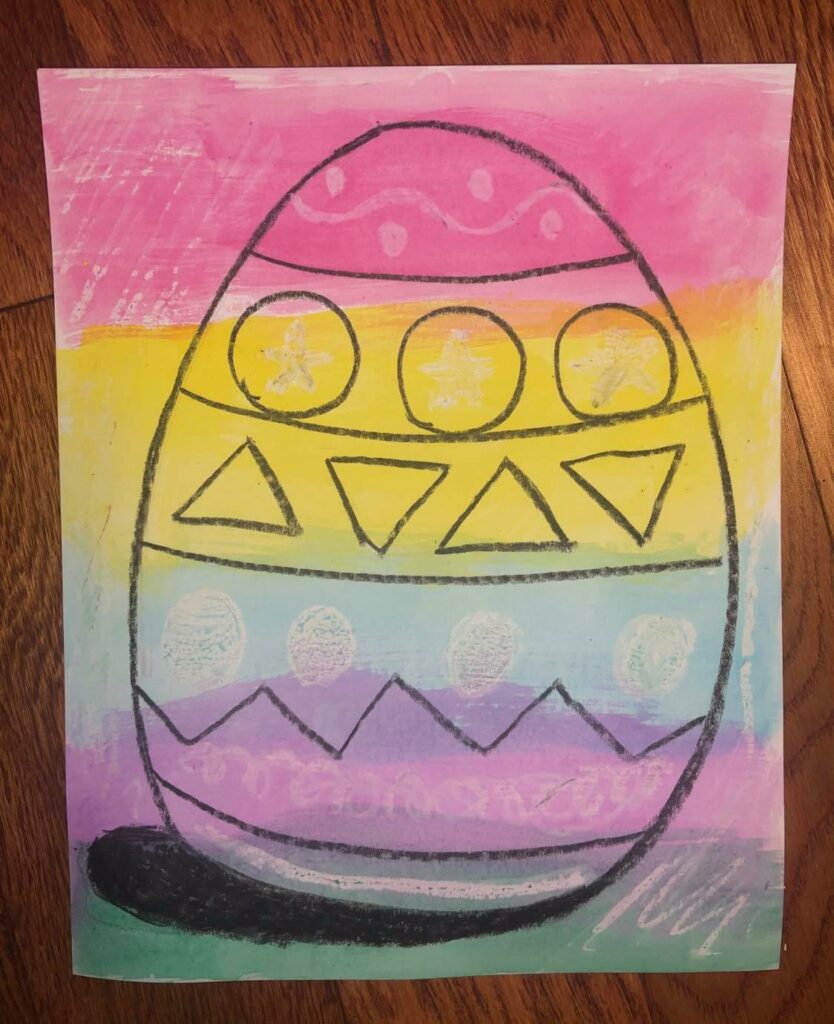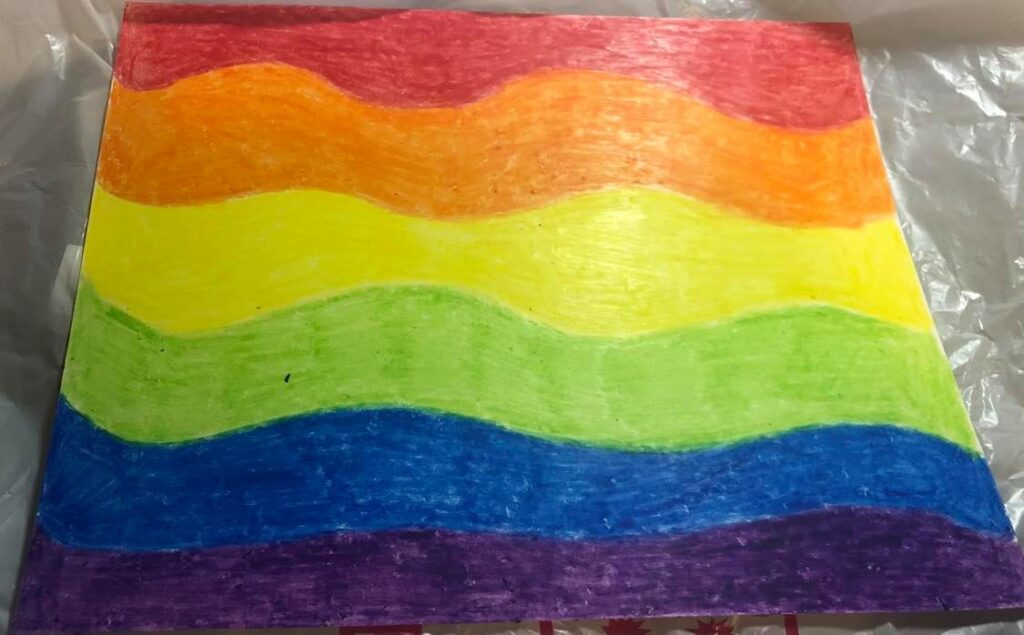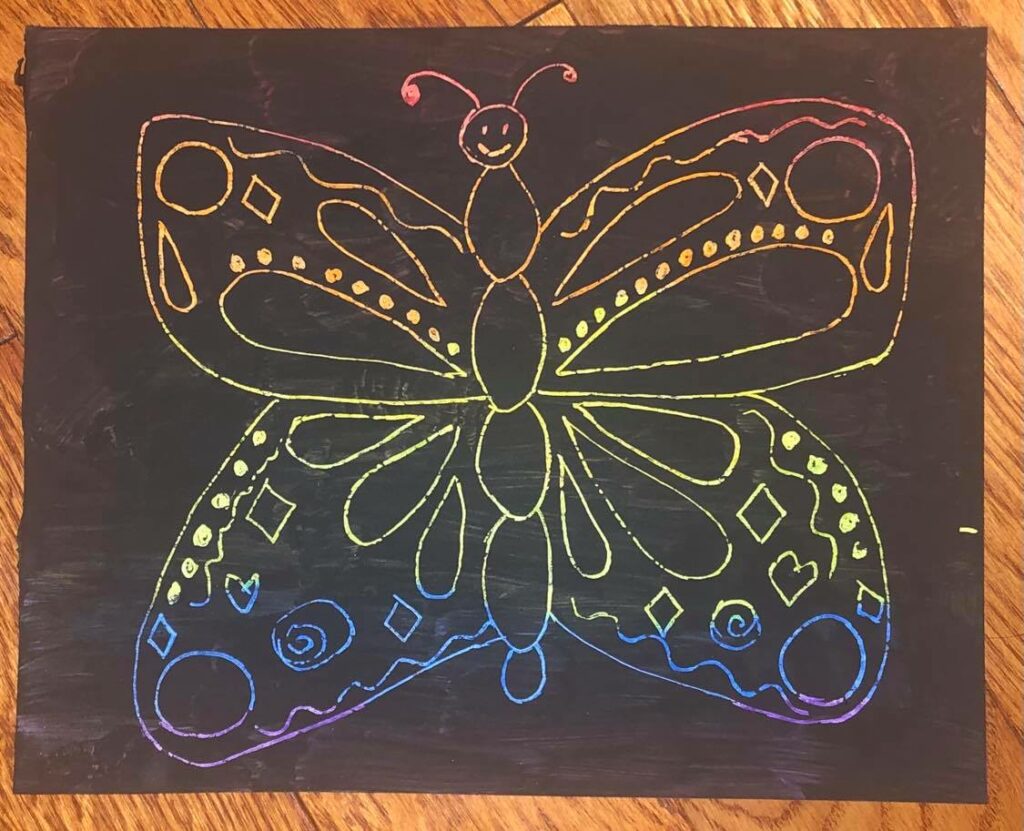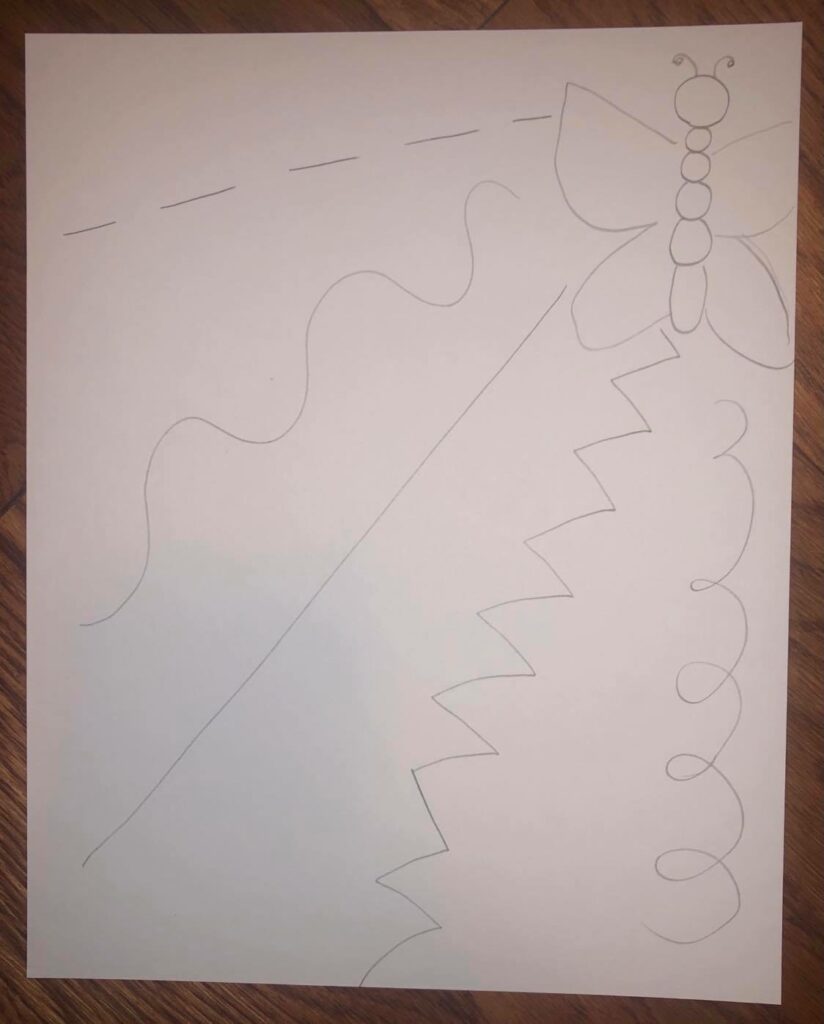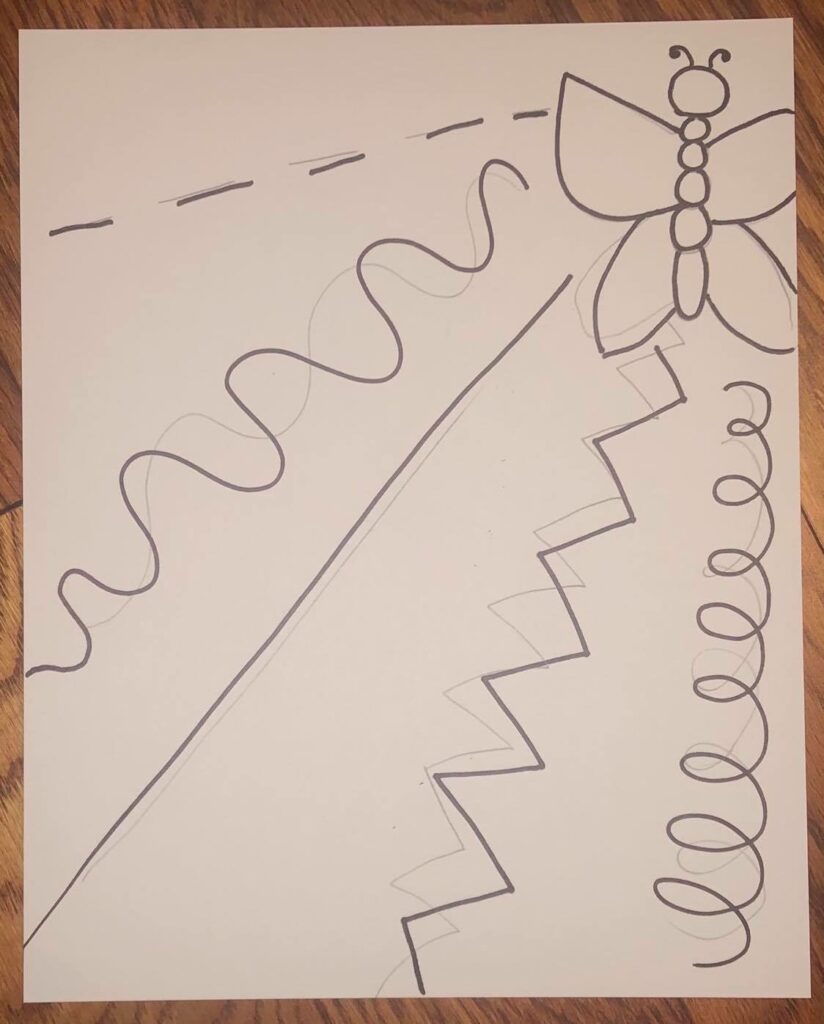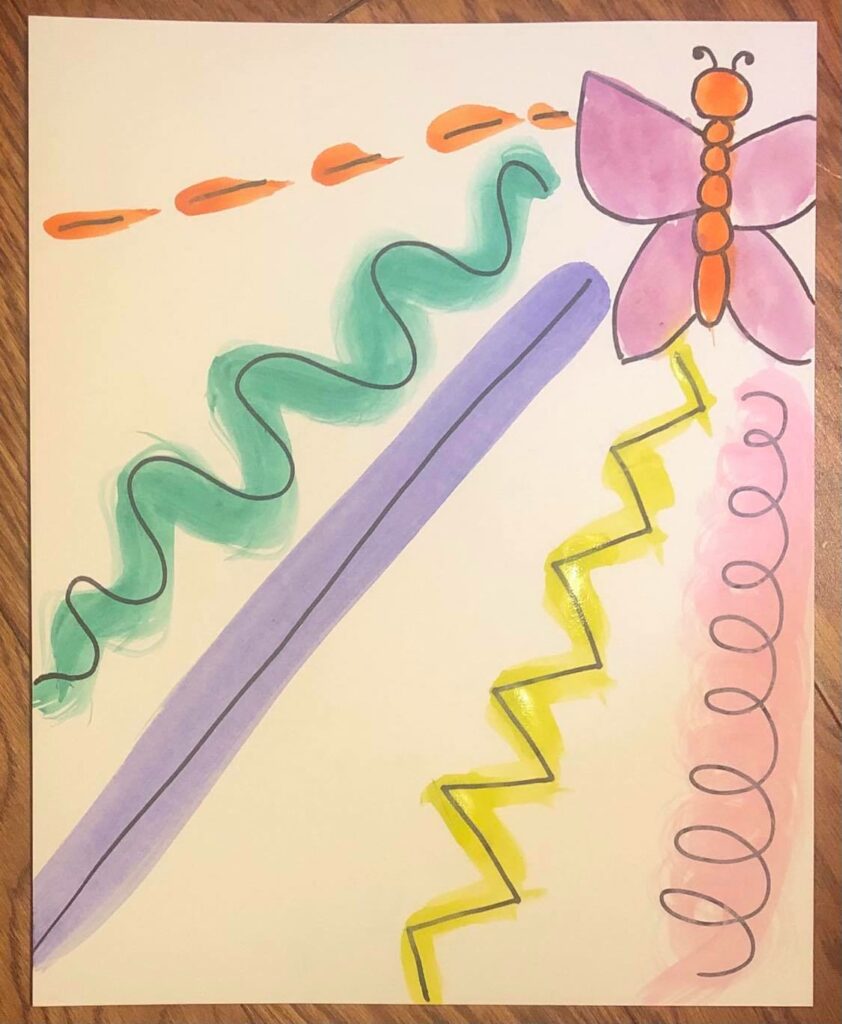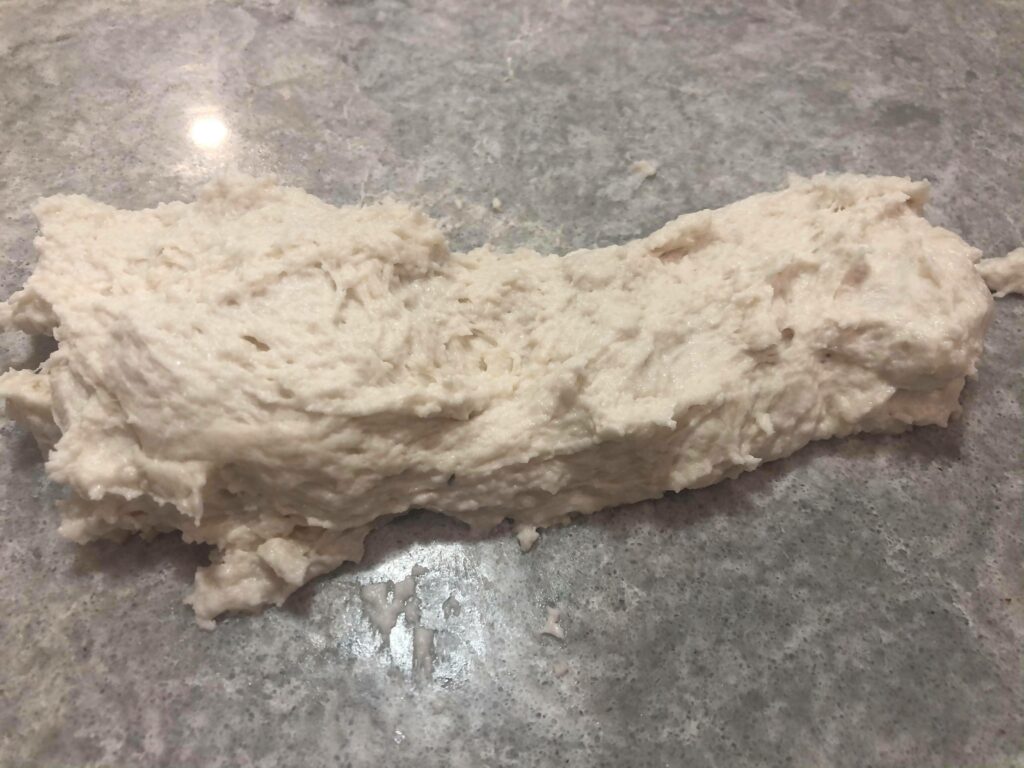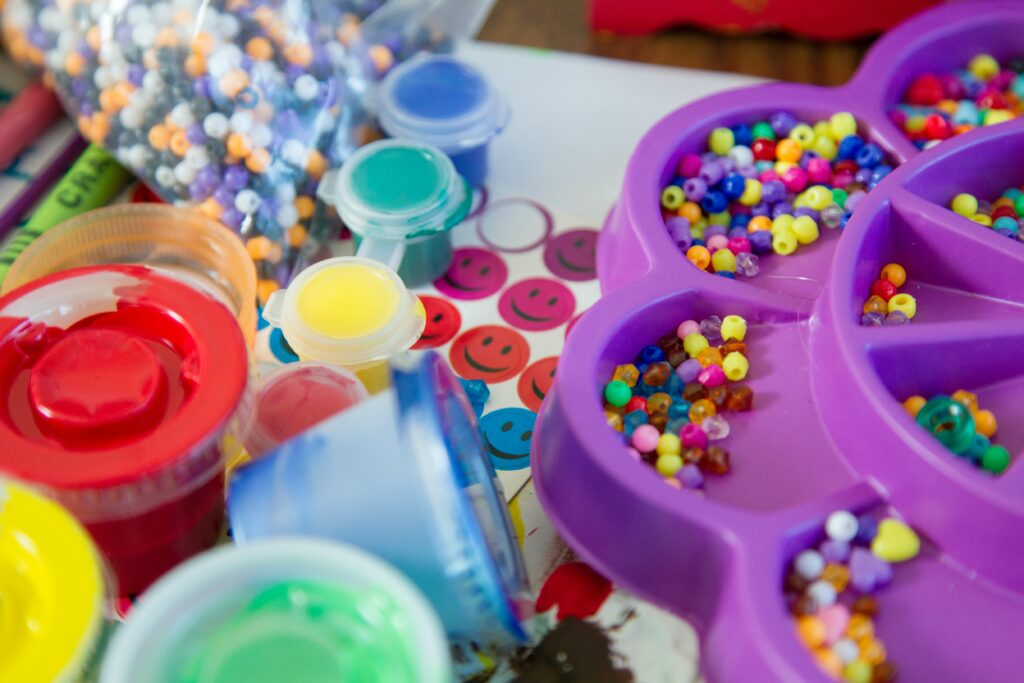Throughout the semester, in my art class, we used pastels quite frequently. We often had to find a way to blend them as well or else we would get harsh streaks over our pictures. I had heard about people using this technique, but I had never tried it for myself. It makes sense that oil would blend out our pastels, but I always tried to press harder with the pastels rather than getting the extra ingredient.
Here are the materials:
- Oil pastels of assorted colours
- Watercolour or thicker paper
- Q-Tips
- Vegetable Oil
Before trying out this activity, I saw this sample on the website and decided that I would try to recreate it with more colours.

I started off by drawing in the circle and then sprouting lines from it; almost like a sun.
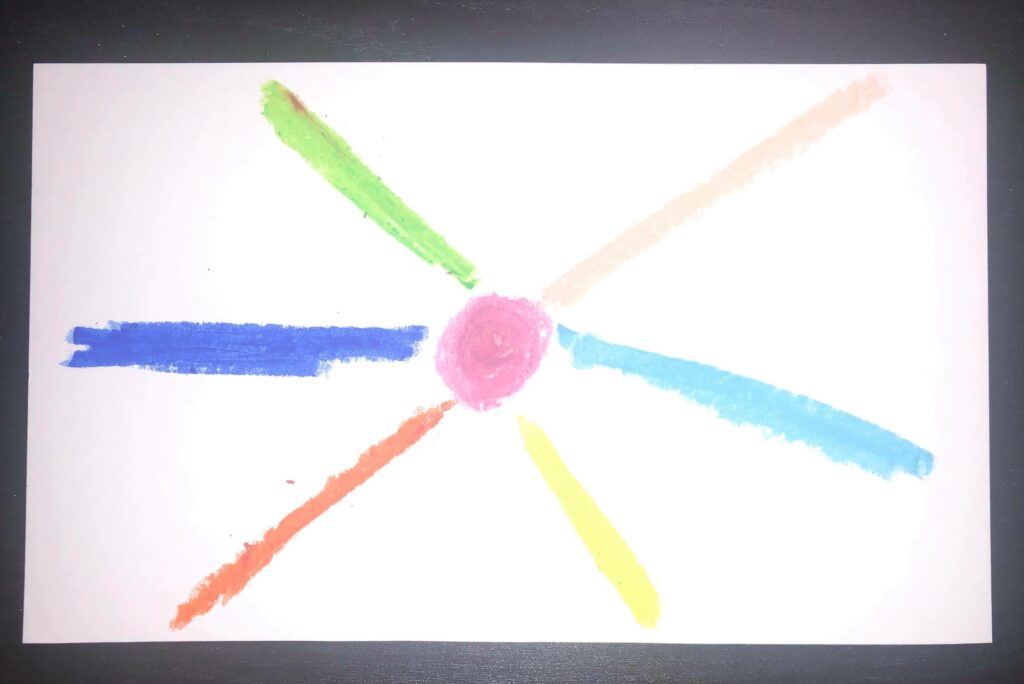
I then used oil to blend out the lines like in the example above.
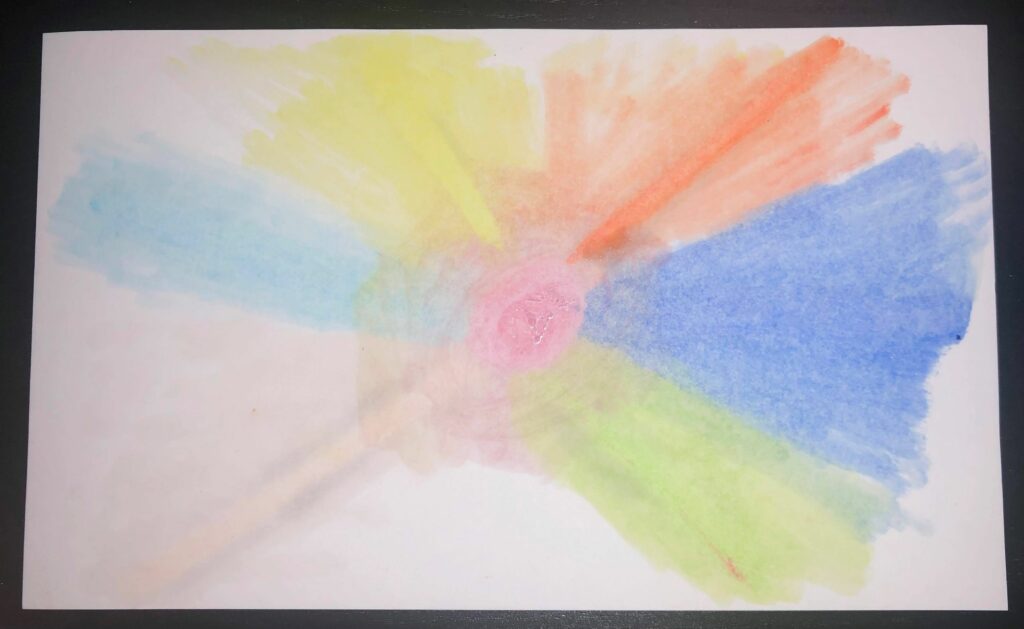
Pros:
- Really fun to do and teaches blending to students in a fun way. When I try to draw, I still do not know how to blend or shade. This is a really fun activity to learn since it lets you know how much pressure to put on the Q-Tip and it blends out easier than a pencil would.
- Creates a new medium for people to work with. Instead of just pastels, or just paint, students can use pastels and colour like paint. This will make it easier to draw figures since you can draw with the crayon but shade and colour with the oil.
Cons:
- You need to make sure there is enough oil on the Q-Tip, but not too much. If there wasn’t enough oil on the Q-Tip, the pastel wouldn’t blend and it was really hard to move the colours around. However, if you add too much oil onto the Q-Tip, then the oil seeps through the paper and you are left with stains that take away from the art.
- If oil spills, it is really hard to clean up. If this were to be done in a younger class and the students’ spill, it would be really hard to clean since oil is really greasy. Although, this is also a risk teachers take when using pastels in a classroom.
In the end, I think I would use this activity in a classroom. It is simple enough to do and gives a whole new meaning to pastel art. In fact, I wish I knew this hack earlier in the semester so I would not have to ruin my pastels while I was blending.
